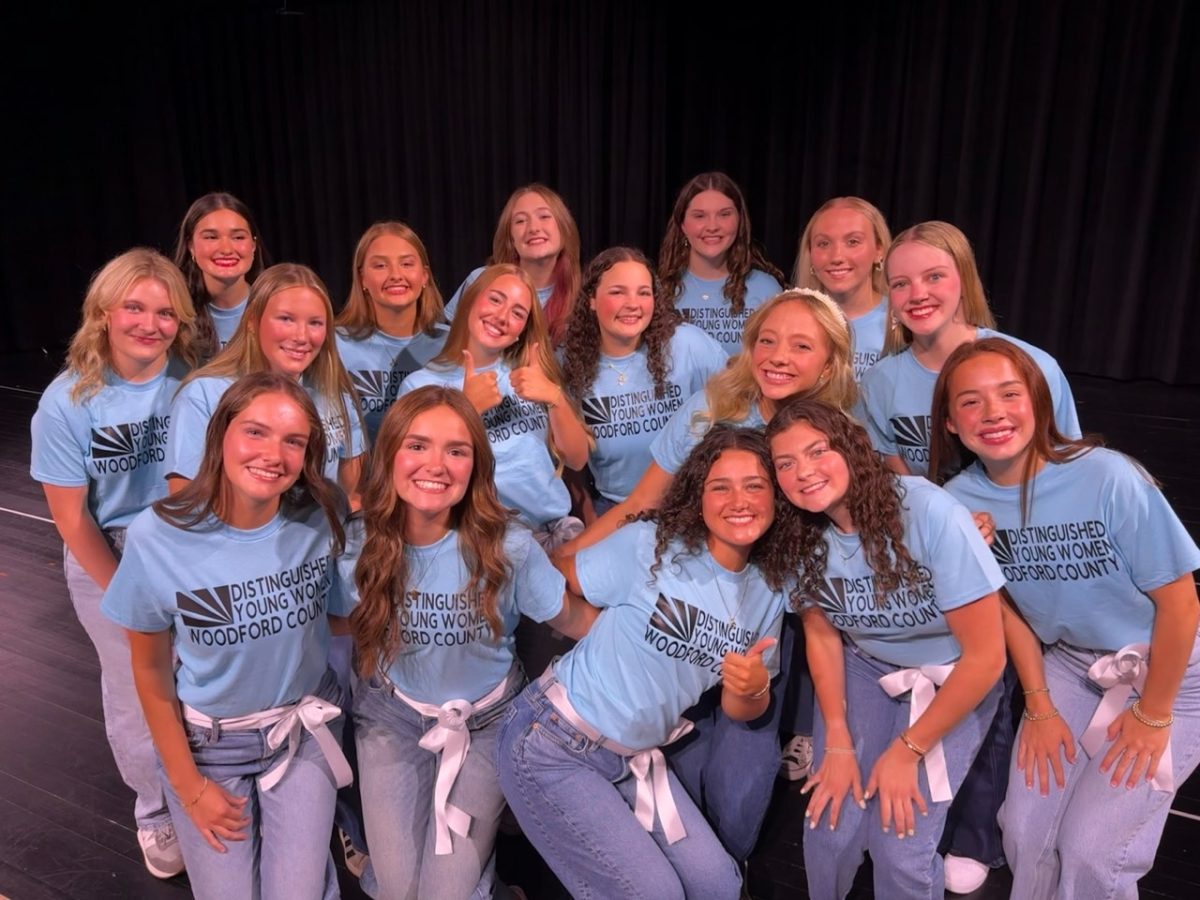Currently, there are over 4.9 million ELL students in the United States. This comprises about 10% of students in public schools.
ELL: An English language learner is a national-origin-minority student who is limited-English-Proficient. An example is an elementary ELL student with some English-speaking skills but is not fluent, and the student’s first language is Spanish. The student will be placed in a dual-language program in which both English and Spanish are spoken.
In 28 states, more than 2/3 of ELL students speak the same home language, Spanish. In 13 states, 80% or more of ELL students speak Spanish.
As of the 2022-23 school year, there were 44,309 EL students in Kentucky.
As of today, there are 306 EL students in the Woodford County School District.
Characteristics of ELL students can include:
- Beginner with some prior English instruction
- Has limited English proficiency
- Usually has had previous schooling
- Age-appropriate literacy in first language
Many people not in the EL program do not fully understand what it’s all about. “They should embrace their native languages in the classroom and modify assignments according to each EL student’s language proficiency because they are all very different. Research shows that students develop English better when they are proficient in their first language. Also, every English learner is different there is no one-size-fits-all modification.” Keli Back, an EL teacher at Southside Elementary stated. Many people believe these kids only need to learn English but to learn another language, you need to understand your native language first.
“I have always loved working with students and families from different cultures, but the pandemic is what really pushed me into EL. I was a kindergarten teacher and at the time, our youngest students didn’t have any kind of technological device they used on a daily basis so when school closed on March 13th, 2020, my EL students disappeared. I had no way to get in contact with them. I didn’t know if they were okay or how I could help support their learning at home. I ultimately wanted to make sure that never happened again. That summer, our EL position opened up at Southside so I applied and was hired under the agreement that I would return to graduate school so I would get an English as a second language endorsement on my teaching certificate. It took me about a year and a half to complete the coursework in the evenings during the summer.” Keli stated.
Something else many people don’t know is that even though they speak a different language and need some extra help, their day isn’t any different from other students. “Their day looks a lot like a non-el student,” Keli stated. “They come to school, eat breakfast and lunch, talk to their friends and classmates, go to classes, and do everything else that elementary kids do. The difference is the teachers follow EL program service plans for every EL student. That means they make instructional modifications, and provide assessment accommodations to support those students in classrooms.”
Being an English language teacher is no easy task but when you are passionate and want to help students learn, it can be an amazing experience. “My favorite part of my job is advocating for my students to ensure their needs are met!” Keli stated. We need to treat all students equally and give them the right education that fits them. Their language should not be a barrier to their education.








